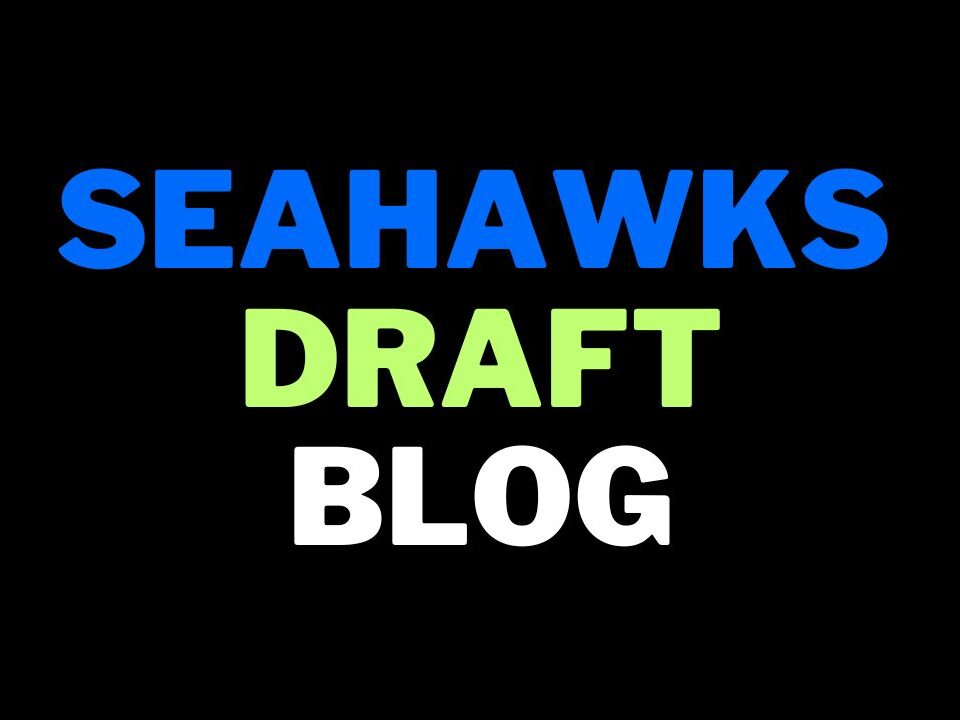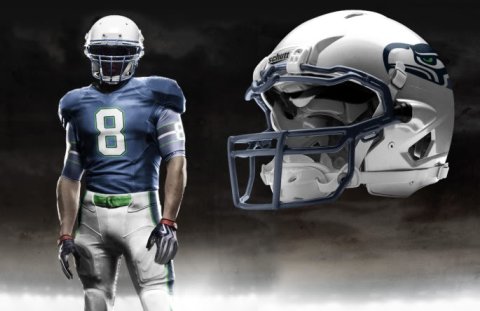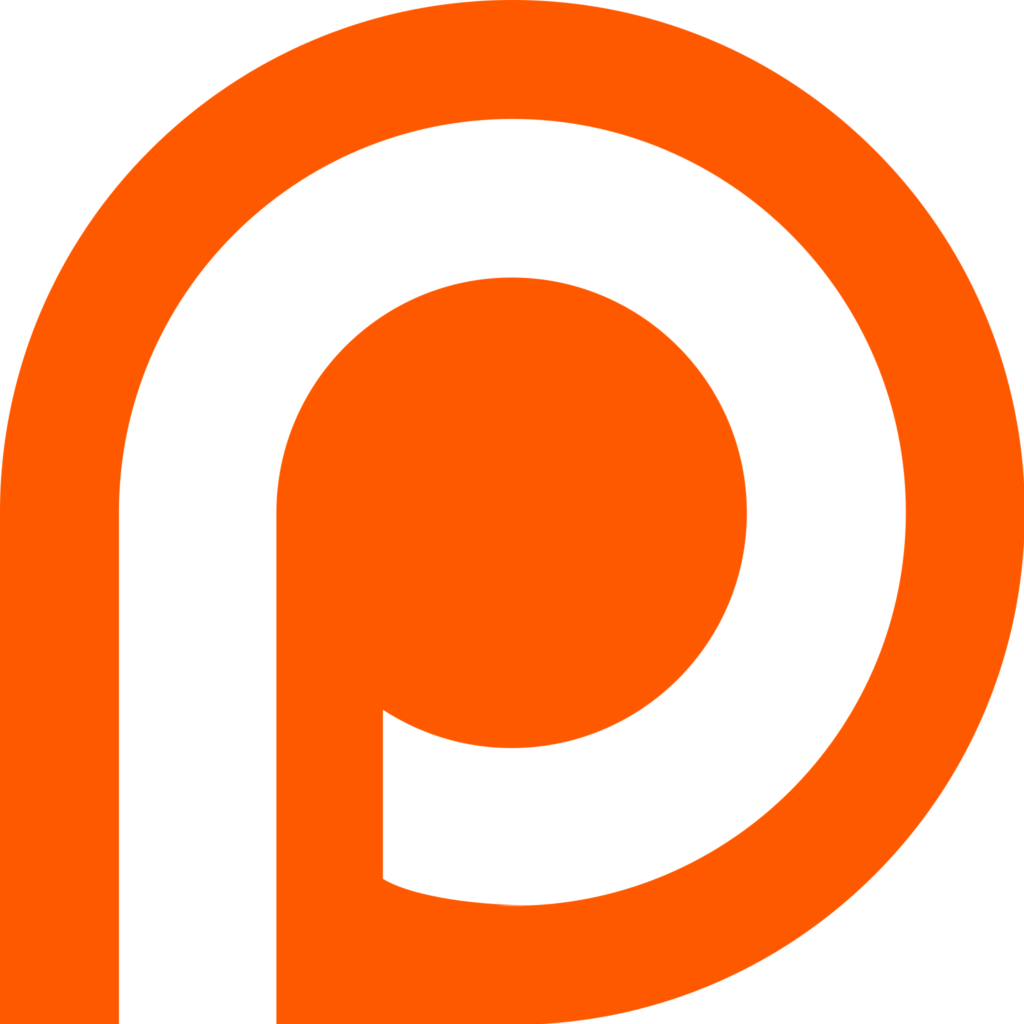Peter King caused a stir yesterday when he suggested the Seahawks were ready to move on from the Matt Hasselbeck era, potentially handing the starting job to Charlie Whitehurst. King appeared on ESPN 710 today to put more meat on the bones, see the embeded audio below to hear what he had to say…
If only to emphasise how long this lockout has dragged on, we’ve been discussing this issue for what seems like an eternity. The Seahawks fan base is definitely split between those who feel staunchly that Hasselbeck should stay in Seattle and those who believe it’s time to move on – with very little middle ground. The debates at times have been venomous and defensive and truly this is an issue that needs to be resolved as quickly as possible if only for everyone’s sanity.
Here’s how I see the situation, through personal observation and sourced information.
Matt Hasselbeck very much remains an option for the Seahawks. There’s a mutual interest between both parties to get something done, but both parties also want it to be on their terms. Brock Huard suggests in the audio above that the stumbling block to a deal before the lockout was length of contract (Seahawks offered a one-year deal, Hasselbeck wants two years). My prime Seahawks source suggested differently – that a deal was made before the end of the last CBA but guaranteed money and not years was the problem.
I approach the situation as such – the Seahawks don’t want to sign a handcuff deal to a soon-to-be 36-year old quarterback who has had injury problems and a high number of turnovers the last three years. Hasselbeck repaired his bargaining position with strong performances against New Orleans and Chicago in the playoffs and has precedent on his side such as the $15m two-year deal signed by Kerry Collins at Tennessee. It’s also important to remember Collins signed that deal having helped the Titans to a 13-3 season.
The deal for Hasselbeck wasn’t completed because while mutual interest remains between the two, both parties are also fully aware of alternatives. Hasselbeck will expect to get interest on the open market which can help his bargaining position, while the Seahawks can explore different veteran quarterbacks. I’ve previously reported that Cleveland will be big players in the Kevin Kolb stakes despite everyone assuming that franchise is settled on Colt McCoy. That would leave other teams such as Arizona having to look elsewhere – and Hasselbeck would be a logical alternative.
As I’ve also reported on this blog, the Seahawks have explored the possibility of trading for Carson Palmer, a deal which until I’m told otherwise remains a distinct possibility. Palmer will move his family to the Pacific North West and I understand the Bengals are more receptive to a deal than Mike Brown has suggested in brief media appearances. Palmer is four years younger than Hasselbeck and has recorded superior statistics in recent seasons. He also has familiarity with Pete Carroll during their days at USC. As I said previously, until I hear otherwise I’ve no reason to believe anything has changed since we broke news on a potential Palmer-to-Seattle deal in April.
The Seahawks also have interest in Philadelphia’s Kolb, but I understand they are not willing to pay as much compensation to acquire him as other teams such as Cleveland and Arizona.
Pete Carroll and John Schneider are comfortable going into free agency with a few options to play with. Although some fans will cringe at the prospect (perhaps unfairly) the Seahawks maintain a level of belief in Charlie Whitehurst and should other deals not materialise, they are prepared to give him the starting role and bring in other veteran competition in free agency. They aren’t going to let the market dictate their position – the price will have to be right for Kolb, Palmer or Hasselbeck and if it isn’t, they’ll walk away from the table and turn to the only quarterback currently signed for the 2011 season.
Every possibility remains open at this stage. As I see it, the team haven’t made a commitment to Hasselbeck either way. They’ve maintained contact when possible and although Pete Carroll and John Schneider sounded out his re-signing as a priority, the reality is they had a full season of football to talk about a new deal and chose not to, they didn’t complete a deal before the CBA deadline and chose not to franchise tag their quarterback. You don’t allow your starting QB to ‘test the market’ if he’s truly your one defining priority.
At the same time, his free agent status and the team’s interest in other veteran quarterbacks won’t prevent a deal being completed if that is the direction which, in the end, best suits all parties.








